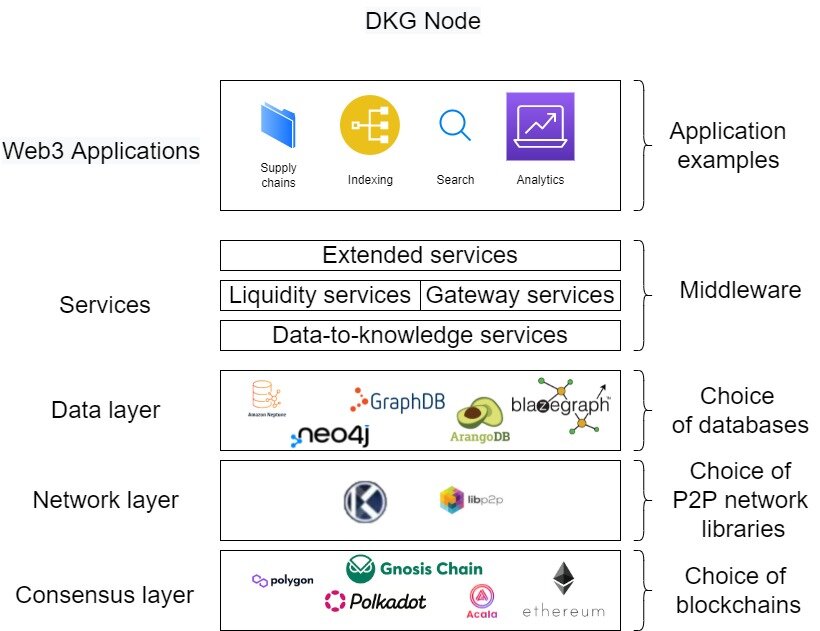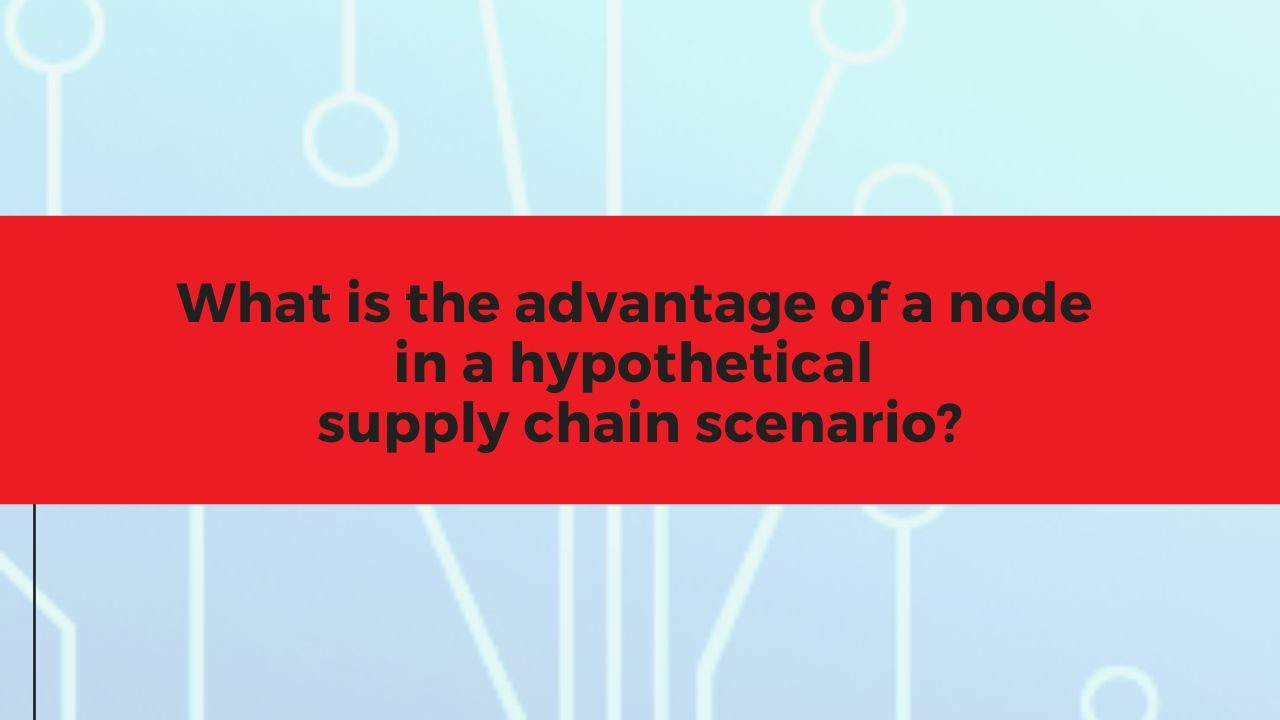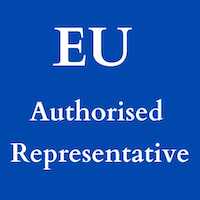We have blogged about decentralised knowledge graph technology and its benefits. Here we dive deeper into a key use case: global supply chain management
The problem
The modern supply chain is multi-modal. This means an item will exchange multiple handlers on its journey from origin to destination. For the purpose of interoperability, these handlers use Good Distribution Practice (GDP) which governs all legal and documentary aspects of the exchange of items.
Handlers are independent bodies which include transport companies, transport authorities and government agencies.
GDP is a evolutionary practice where rules change according to the latest governing directives. Organisations working with supply chain need to be regulated and certified so as to assure best practice and current rules and regulations are understood by everyone handling items in the chain.
Why is a DKG helpful in such a scenario?
The process of keeping all handlers up-to-date with the latest regulations is time and resource consuming and the reliance on human intermediaries means delays are commonplace.
Authenticated by blockchain, OriginTrail allows for a decentralised data exchange between different actors. With a supply chain management system built on DKG nodes, rules can can be updated and digital certificates can be generated on the fly, eliminating the need for human intervention. No longer do humans need to regulate the actors physically, reducing the time and cost of managing supply chain activity.
The technical components of a node
There are two main concepts to grapple with while using the DKG node, simply put the storage of data and the authentication of data. The data is stored within the Data Layer by using a graph database of choice (GraphDB or Blazegraph etc) while the authentication of data i.e. whether a instance of data occurred between two actors is maintained in the consensus layer using blockchain (ethereum, polkadot). Not all data needs to have a consensus hence the consensus layer is only used when required.

What can we learn from the supply chain management use case?
A decentralised knowledge graph node system can benefit industries where:
- multiple actors must work together
- actors are required to comply with regulations and standards that evolve
- data storage and/or data authentication is required
Want to run your own node?
Learn how to set up and run your own node with our easy-to-follow online course.



Comments are closed here.